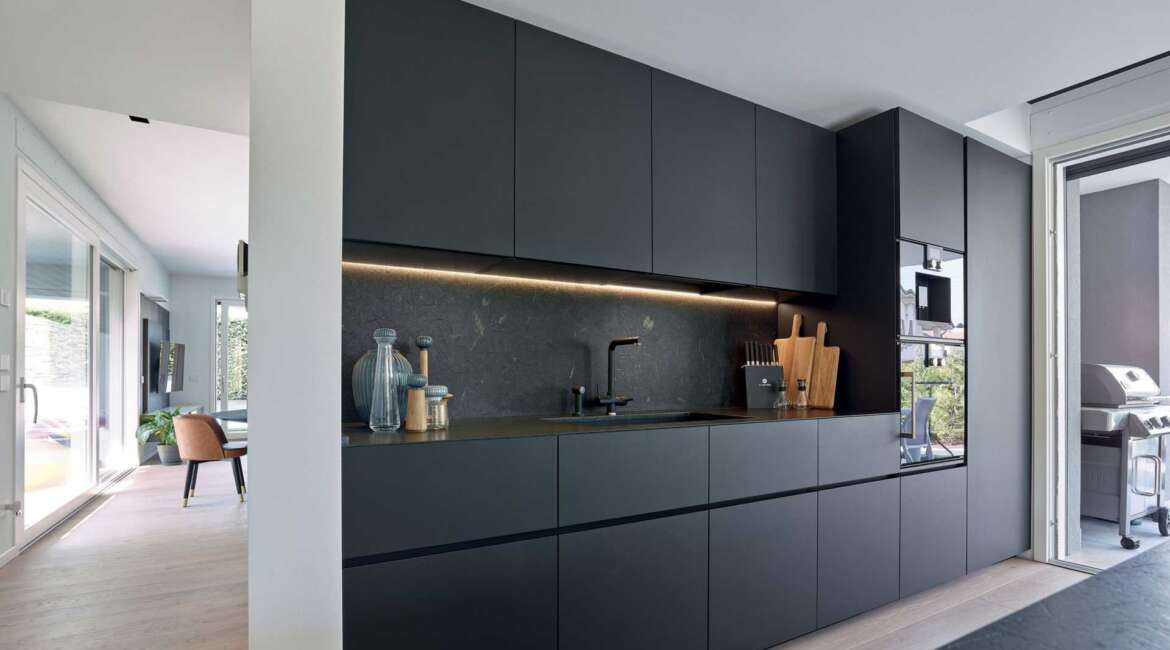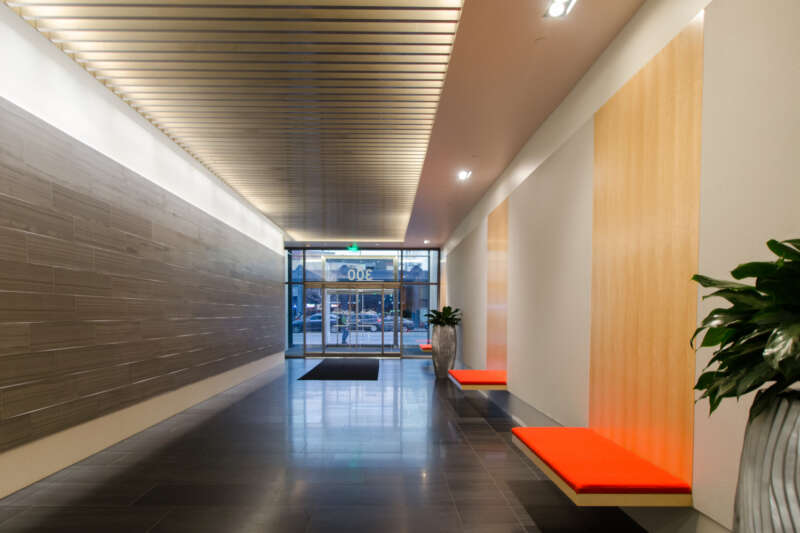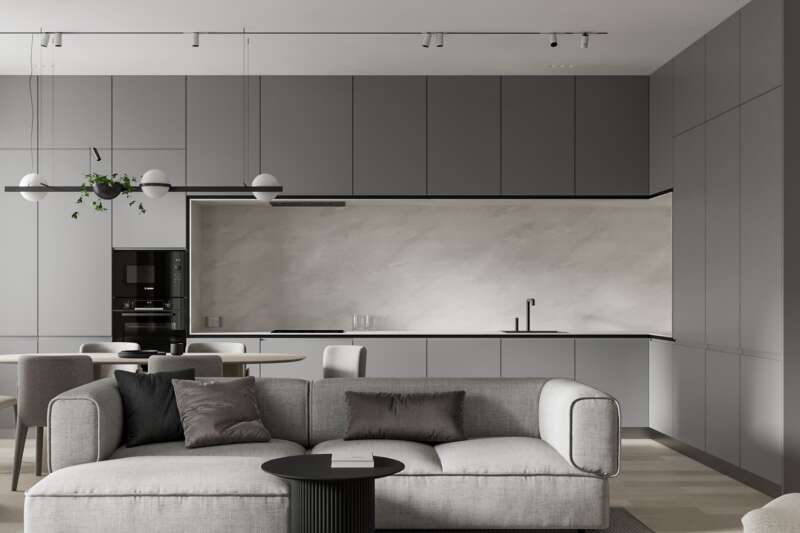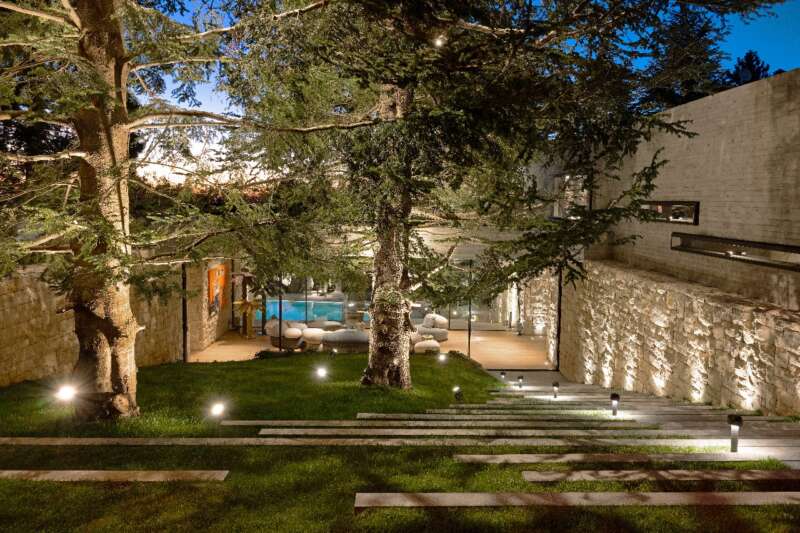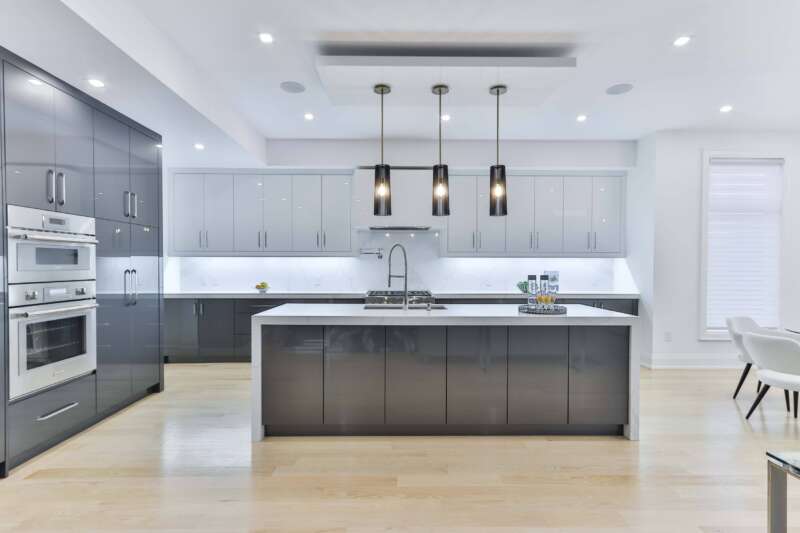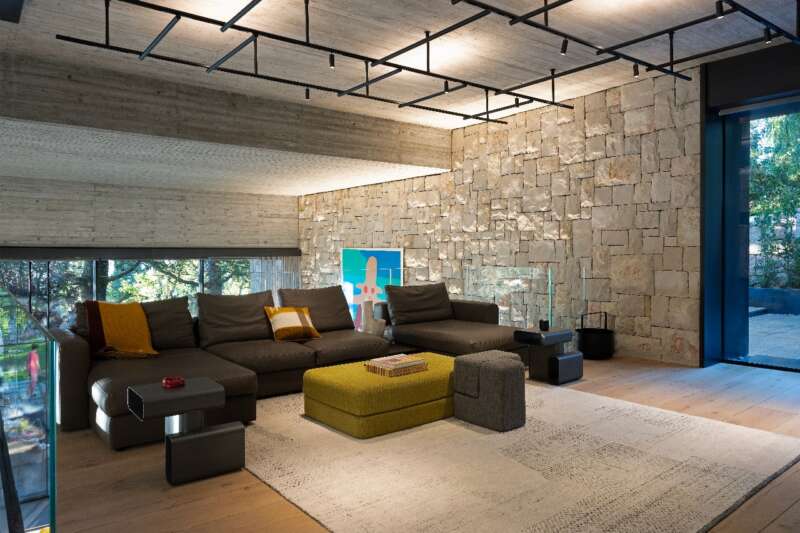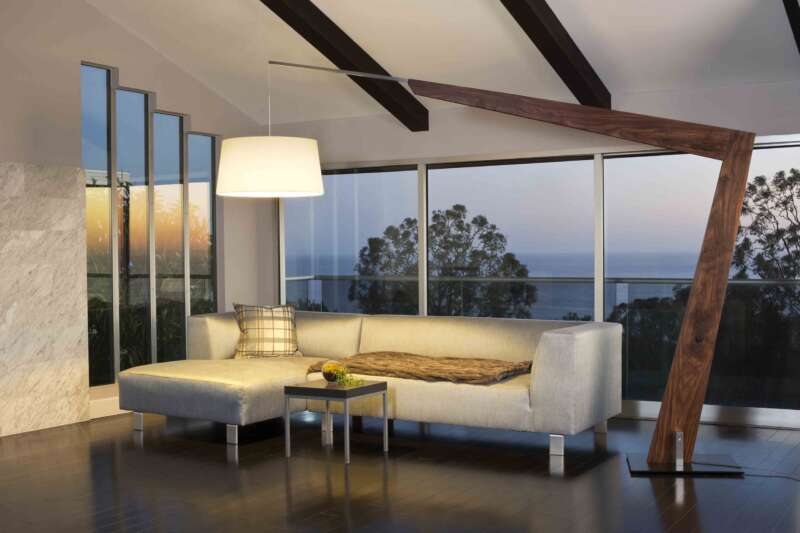Under Cabinet Lighting
Those lights you see under kitchen cabinets are a great example of task lighting – lighting that is installed to help us see more clearly and easily when we are preparing food in the kitchen or doing other activities like sorting papers or making coffee. Under-cabinet lighting has become popular over the years, and a lot of options for installing these are now available. We will be discussing each of these options and showing the pros and cons to help you decide which one will be best for your kitchen.
Here are things that you need to be looking for when buying kitchen under-cabinet lighting:
To get sufficient lighting for your working space, the light fixture should be installed close to the front edge of the kitchen wall cabinets.
The fixture should produce a non-glaring light.
The size should be small and it should also be light.
It should be durable, not easily destroyed when it gets hit by another object.
The fixture should be easy to wire.
There should be minimum amount of heat emitted by the light fixture to avoid damaging the cabinets and their contents.
The different types of lights
LED Strips and Packs
Some of these LED lighting strips look similar to slim fluorescent strips and some may also be a bit bulky. However, these are LEDs, so they have a longer life span, lower energy consumption and costs, and better light quality.
Pros:
LED strips and packs are attractive.
These light fixtures are very durable.
LEDs can be strung together to provide even lighting.
Cons:
Collecting a set of LED strips and packs to get sufficient lighting may be too expensive.
LEDs may require its own power source which will add to the cost of installing your under-cabinet lighting and also make the wiring a bit more challenging.
Make sure you do like the color of the LED lights prior to buying and mounting them.
Fluorescent Strips
Fluorescent tubes under wall cabinets used to be very popular but these are a bit bulky and fragile, limiting their installation along the angles where the kitchen cabinets meet the wall. Since the lighting comes from the opposite side of the person who is working, the light would bounce or glare off the surface of the counter. Now, despite the fact that fluorescent tube lights are not necessarily the ideal lighting for your kitchen cabinets, they do help us in identifying what we do want in kitchen under-cabinet lights.
Round Lights
Round lights are also called “hockey puck” lights because they look like such. These come with either halogen or xenon light bulbs. Xenon bulbs do not have a filament, so they usually last about three times longer than halogen bulbs. Another advantage with xenon light bulbs is they emit whiter light so these provide better visibility. However, these may also produce glare. Xenon bulbs also generate more heat than halogen bulbs.
Pros:
Round lights are attractive.
They are durable.
These lights are easy to wire.
Cons:
Round lights produce a lot of heat, especially those with xenon bulbs.
They have the tendency to throw pools of light, so it may be necessary to install a lot of these to achieve even lighting across a wide area.
Slim Fluorescent Strips
Slim fluorescent strips are successors of the bulky fluorescent strips which were once very popular. The slim fluorescent fixtures are much smaller and lighter compared to their previous versions, so they can be mounted at the front of kitchen cabinets. These lights are also directional, so these can be installed to illuminate downwards and towards the wall.
Pros:
Slim fluorescent strips are more attractive compared to the older models.
Most fluorescent tube fixtures with covers are durable.
Most of these slim fluorescents are easy to wire.
These fluorescent strips can be strung together to provide even illumination.
Cons:
To achieve even lighting, you might need to buy several of these slim fluorescent lights which may become a bit costly.
Being fluorescent lights, check and see if you do like the color of the light they emit before you purchase and install them.
LED Ropes and Tapes
LED ropes and tapes are very slim that they can appear to be invisible. You can tuck the fixture into the angle between the bottom shelf of the kitchen cabinet and the face frame. This way, you do not see the fixture, only the light it emits. Although they do not give off the same amount of lighting as other types of fixtures, LED ropes and tapes are designed in a long continuous roll, so they are able to provide sufficient illumination.
Pros:
LED ropes and tapes so slim, they are almost invisible when installed.
These lights are mostly durable.
They can be installed from one end to another, providing continuous, even lighting.
LED ropes and tapes are relatively cheap.
They are great for add-in lighting..
Cons:
LED ropes and tapes may also require its own power source and this will add to the cost of installing the under-cabinet lighting, as well as add complexities to the wiring installation process.
You will need to make sure that you do like the color that these LED lights provide before you purchase and install them.
They may not be used as a primary source of illumination as they provide less amount of lighting.
Which One is the Best Lighting for Your Kitchen Cabinets?
Considering all factors, LED strip or tape lights would be the best choice for kitchen under-cabinet task lighting if you have good general lighting in your kitchen. For lighting above a workbench, a fluorescent tube fixture can give you the level of lighting that you need.


